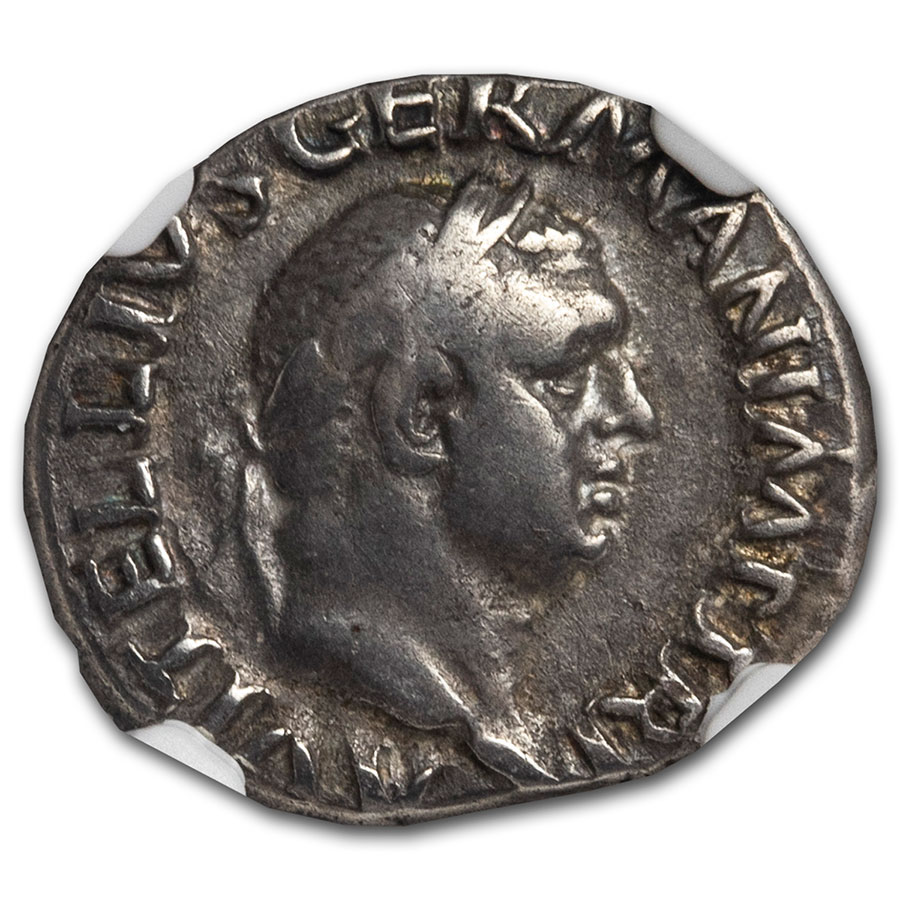

Due to this drop in weight, the Denarius was retariffed to be worth sixteen Asses instead of ten.

The bronze coins weighed 1/12 of what they did in 290 BC. References: Crawford 361/1c Sydenham 738a BMCRR Rome 2675 var. Reverse: Horseman right, holding a spear in his right hand, behind CCTXV, in exergue P CREPVSI. By 206 BC the Denarius had dropped from 4.5g to 4.0g, and by around 141 BC the As had dropped to 27g (the Uncial Standard 1 As = 1 oz). Obverse: Head of Apollo, wearing a laurel wreath, right, behind sceptre and N. Things then continued much as they did before. Was never issued on a regular basis and stopped around 206 BC.īronze was on the Sextantal standard at this time, so one As was approximately 41g-54g Was never issued on a regular basis and stopped around 208 BC, with one further issue around 179-170 BC.Īpprox 1g and 99% silver. Replaced the DecussisĪpprox 2.25g and 99% silver. The coin copies a Roman denarius of the years 76 or 75 BC. Used for military and emergency purposes.Īpprox 4.5g and 99% silver. This silver denarius is an issue of the Eravisci, a Celtic people that had its seat on Gellért Hill in the Budapest of today. In 211 BC, the Roman Republican Denominations were: Metal The search for Quincunx coins above claims to be for Quincussis, but the coins are actually Quincunx. Note: the CRRO website has problems with the Quincunx and Quincussis. The Semuncia was abandoned around 208 BC, although it made small appearances again between 179-170 BC, 108-107 BC, and 105 BC. Two short lived bronzes, the Dextans and Quincunx (see note below) appeared in 2110 BC and disappeared in 208 BC. These replaced the larger bronze coins (the Decussis, Quincussis and Tressis). Three silver coins were introduced – the Denarius, the Quinarius and the Sestertius. Gold coins were briefly introduced in 211 BC, but were only minted until 207 BC. Aes Grave (Heavy Bronze) Coinage (290 BC to 211 BC)Ĭoins Minted in the Greek Style for Trade (312 BC - 170 BC)īy 211 BC the old Aes Grave coins had become devalued to the extent that a new system of coinage was needed.


 0 kommentar(er)
0 kommentar(er)
